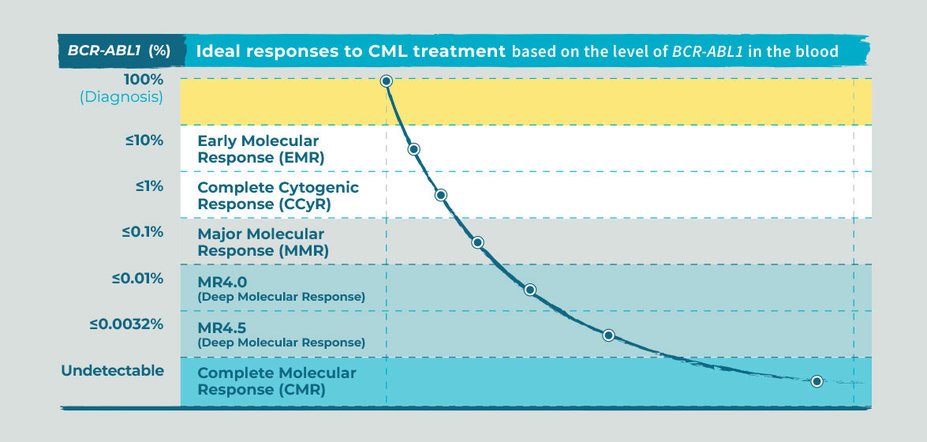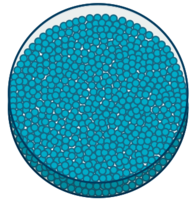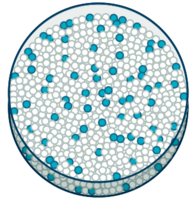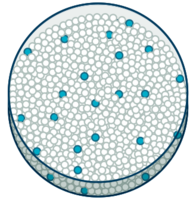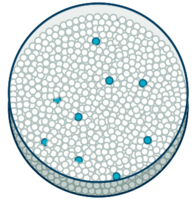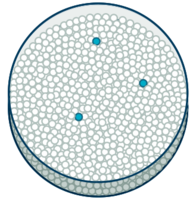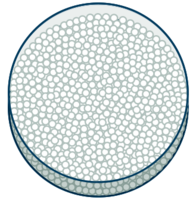Most people with chronic myeloid leukemia (CML) are treated with a type of targeted therapy called tyrosine kinase inhibitors (TKIs).

Over time, some CML medications do not work as well as they used to
Some people with CML find that over time, the number of leukemic cells in their blood starts going up instead of staying stable or going down. This may be due to drug resistance, which happens when cancer cells no longer respond to a medication.
Over time, you may experience any of the following:
Treatment doesn’t work: This is called primary drug resistance
Treatment worked for a time, but it no longer works as well: This is called secondary drug resistance
Drug intolerance: Side effects of a medication become unacceptable and significantly affect daily life. Learn more
To have a conversation with your doctor about how you are doing with your CML treatment, you may find this Doctor Discussion Guide helpful.
Your doctor may discuss CML treatment milestones with you.
What is your CML treatment goal?
Below describes treatment milestones in CML. One goal is to reduce the number of cells with the BCR-ABL1 gene to as close to zero as possible.
This chart shows an example of how your blood counts may come down with medication. If your BCR-ABL1 increases, or you do not achieve your CML treatment goals, you may want to ask your doctor about other treatment options.
Treatment goals vary by patient. Not every patient will reach these CML milestones.
Details of each CML milestone
Details of each CML milestone
Know your numbers
Your doctor may want you to go for blood tests to see if you are responding to your medication. Here are tests your doctor may order:
Gene mutation testing
In CML, one of the causes of resistance is a mutation in the BCR-ABL1 gene. A mutation is a change in a cell’s DNA.
To determine if you have a mutation, your doctor may order a test called a BCR-ABL1 kinase domain mutation analysis. This test looks for mutations in the BCR-ABL1 gene that may cause certain medications to stop working.
Your doctor may decide to test for a mutation if you are:
Not responding or no longer responding to medication
Unable to reach a treatment milestone
Progressing to the accelerated phase or blast phase
Keep up with your blood work
It’s important to work closely with your doctor to manage your CML. You have to do your part, which includes going for blood tests and keeping up with your doctor visits. Be sure to discuss the results of your blood tests with your doctor. This way, you can see if you are responding to treatment.
Use the Doctor Discussion Guide
If you’re not reaching your CML treatment goals, use this Doctor Discussion Guide. It has questions you can ask your doctor that can help you find a CML medication that may be right for you.

